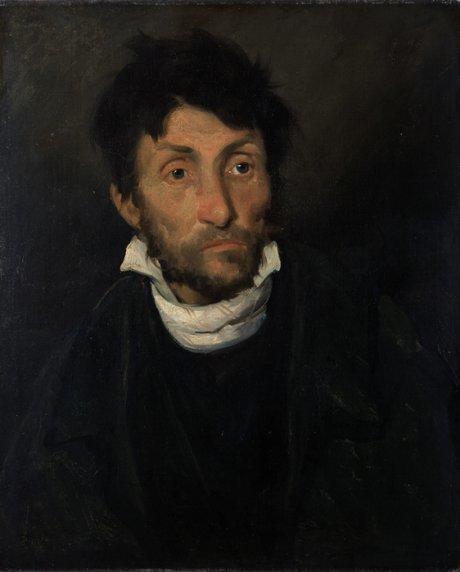
Why the Museum was chosen
Museum voor Schone Kunsten possesses some of the largest and permanent collection of paintings and other pieces of artworks from the Middle Age to the middle period of the 20th century (Museum of Fine Arts 1). The museum holds exceptional collections of Flemish Art from the Netherlands and some elements of European paintings. Also, the Museum of Fine Art has several collections of sculptures. It is also known for organizing regular exhibitions at least twice in a year.
The Museum of Fine Art is a part of the Flemish Art Collection. This is a group, which consists of three other major museums of fine arts in Flanders. The three museums have collections with the same method of development, and they complement one another in different ways.
Today, the Museum of Fine Art exhibits exceptional Flemish art done between the 15th and 20th century. The group shares the responsibility of maintaining cultural artifacts in Europe. Consequently, these museums cooperate on several issues to maintain awareness of their collections, provide high standards of services and management, and promote artworks of the world heritage.
The chosen photo: The Portrait of a Kleptomaniac
Background Information on the portrait
The Portrait of a Kleptomaniac is a part of the ten portraits about the mentally disturbed inmates in Salpêtrière asylum in Paris. It belongs to the last works of art by Géricault.

At this period, a psychiatrist, Étienne-Jean Georget wanted a painting that would depict various types of mental conditions in every clinic, and Géricault did the Portrait of a Kleptomaniac (Eitner 5-6). The painter considered dementia as a disease that emanated from social progress during industrialization in Europe.
The artist noted that people who had mental conditions required professional help. Thus, the model represented a man with mental illness. Through this piece of work, the artist managed to establish the relationship between romantic art and empirical science by focusing on the objectivity of the artwork.
During this period, society generally excluded people who had mental conditions. Moreover, society did not recognize their human dignity. Consequently, the Portrait of a Kleptomaniac aimed to give dignity to people with mental conditions. Although there were previous arts of work about mental illnesses, such pieces of artworks portrayed them as possessed or preposterous individuals based on the medieval conviction.
The artist wanted to maintain objectivity through the patient’s gaze. Géricault captured the empty look of the kleptomaniac, who expressed a stiff face that stared into infinity. Further, he compounded the gaze with the unkempt beard and a grimy neck.
The Portrait of a Kleptomaniac managed to capture attention because of the dazzling artistic flair and expressive realism. Also, it showed psychological distress and a history of insanity in society.
Period: 1820 – Romanticism and Realism
Romanticism represented a period of aesthetic in literacy development in the 1800s associated with France and Britain (Sayre 353). Artists in this period aimed to capture imagination and emotions and responded to the disillusionment in society.
The Central Theme of Humanity: Fragments of Compassion
In the Portrait of a Kleptomaniac, Géricault explored the extreme conditions associated with mental illness among patients (Galitz 1). The portrait sought to depict reality and various aspects of human life. The painting reflected the struggle in everyday life in society, which was a mixture of pleasure, troubled and disorderly existence.
Géricault explored the deadly and violent emotions, which society sought to ignore or ridicule at the time. The artist wanted to express the fragmented compassion of humanity. In his work, Géricault expressed the suffering of humanity whose face captured the horror of life. One can notice that the artist had a deep sympathetic effort to capture and share the sorrow and joys of the time.
During this period, the idea of ‘monomania’ emerged. It represented a condition that made people experience different forms of emotions about obsession or delusion. The artist made several pieces of artwork to portray the concept of monomaniac in which the Portrait of a Kleptomaniac represented one of them.
Overall, Géricault’s art depicts a kleptomaniac. It shows an extraordinary balance between the artistic world of Romanticism and scientific interests. The artistic bravura is compelling in the agile, strong, and indicative brushwork that manages to capture the ‘fragmented compassion’ of human existence.
Therefore, the Portrait of a Kleptomaniac reflects aspects of human existence that society neglected, and it is only found in the Museum of Fine Art, Ghent.
Works Cited
Eitner, Lorenz. Théodore Géricault. Madison: Salander-O’Reilly, 1987. Print.
Galitz, Kathryn Calley. Romanticism. 2004.
Museum of Fine Arts. Collection. 2014. Web.
Sayre, Henry M. Discovering the Humanities. San Francisco: Peachpit Press, 2009. Print.